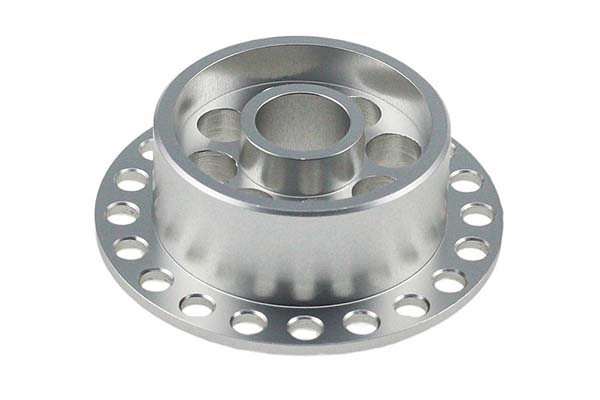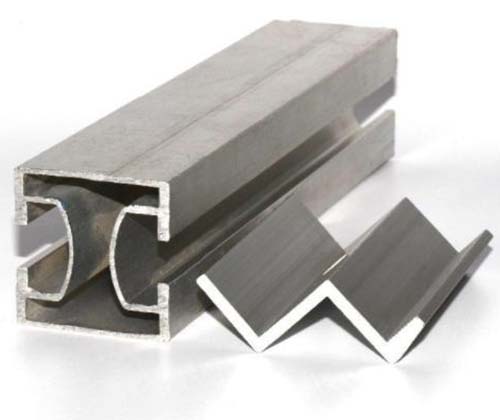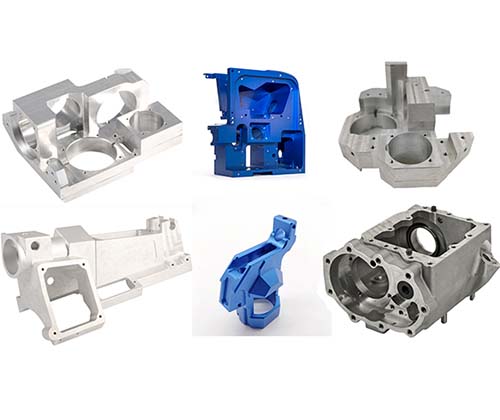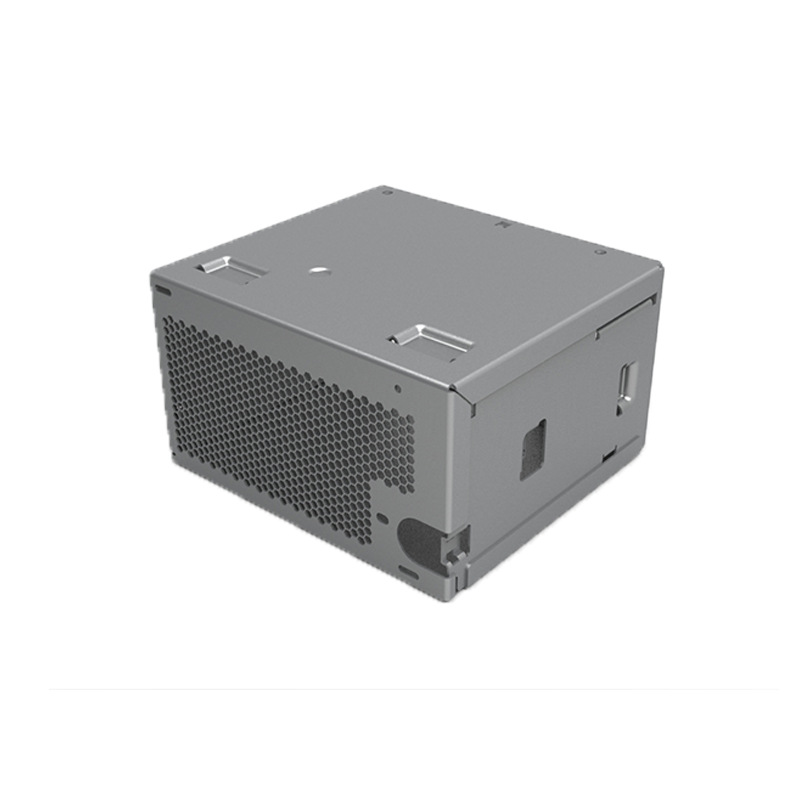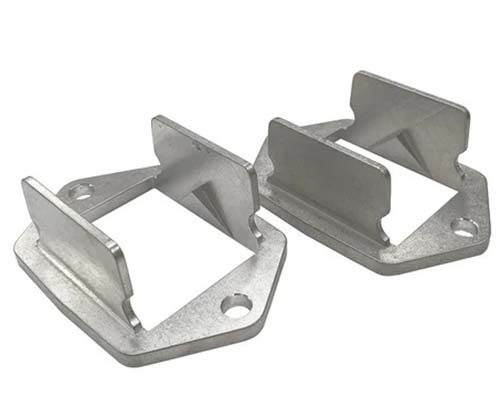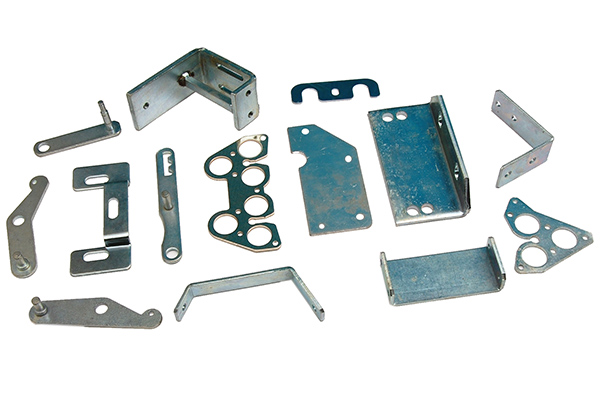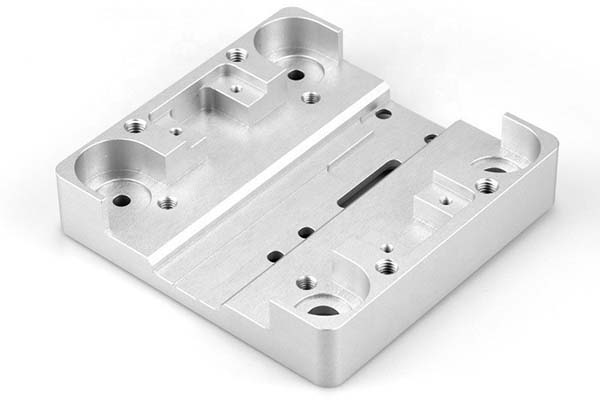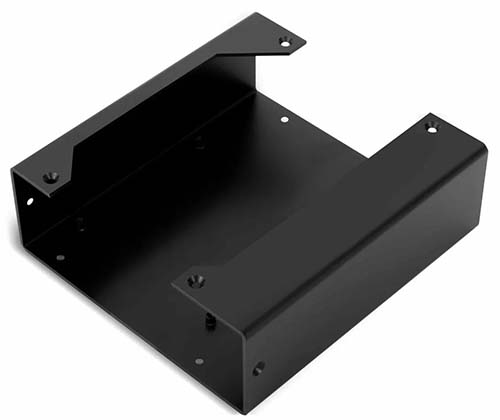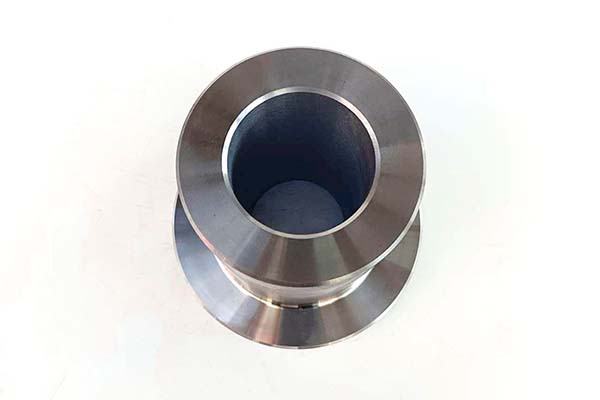You’ve turned to lead-tin alloys for their exceptional solderability and casting fluidity, expecting parts that excel in electrical connectors and precision components. But your production is facing issues: the molten alloy oxidizes rapidly, leaving electrical connectors with porous surfaces that fail conductivity tests. Some castings have low tensile strength, cracking under even light loads, while others show inconsistent hardness—making them unsuitable for bearings. Maybe the die requires constant cleaning due to residue buildup, or the cycle time is longer than projected, hampering production targets. Worse, your “high-purity” alloys have poor solderability, undermining their core purpose in assembly processes.
Lead-tin alloys are prized for their unique combination of low melting points, excellent casting fluidity, and solderability. Their eutectic composition (63% tin, 37% lead) delivers a sharp melting point, making them ideal for applications where precise melting and bonding are critical. But unlocking their potential requires mastering the die casting process, from temperature control to post-treatment. In this guide, we’ll explore die casting lead & tin alloys, helping you leverage their properties to create high-quality, reliable parts for diverse industries.
Material Properties: The Unique Strengths of Lead-Tin Alloys
Lead-tin alloys’ versatility stems from their distinct material properties, tailored by their composition to meet specific application needs:
- Mechanical performance: Lead-tin alloys offer mechanical properties suited for low-stress applications. Eutectic lead-tin (63/37) has a tensile strength of 50-60 MPa, yield strength of 30-40 MPa, and elongation of 30-40%—ideal for flexible components like electrical connectors. Alloys with higher lead content (e.g., 50/50) have lower tensile strength (40-50 MPa) but better damping properties, making them suitable for bearings and vibration-dampening parts. Their hardness ranges from 10-20 HB, which is low compared to other metals but sufficient for non-wear-intensive applications. The low melting point (183°C for eutectic) allows for easy post-casting shaping and soldering.
- Corrosion resistance and structure: Lead-tin alloys exhibit moderate corrosion resistance, withstanding moisture and mild chemicals. Their grain structure, refined by rapid cooling in die casting, is uniform and fine-grained, minimizing porosity when processed correctly. This structure enhances their solderability, as the uniform surface allows for consistent bonding with other metals. However, lead-tin alloys are susceptible to tarnishing in humid environments, requiring protective coatings for long-term exposure. Their density (8.5-9.5 g/cm³) provides stability in small, precision components like valve cores.
- Casting fluidity and conductivity: Lead-tin alloys have exceptional casting fluidity, far superior to brass and bronze, due to their low viscosity when molten. They fill intricate cavities and thin walls (as thin as 0.2 mm) with ease, making them ideal for detailed decorative items and micro-components. Their thermal conductivity (30-40 W/m·K) is moderate, while electrical conductivity (10-15% IACS) is sufficient for low-current electrical connectors. Their solderability is unmatched, allowing for easy integration into assemblies without additional treatments.
Die Casting Process: Mastering the Nuances of Lead-Tin Alloys
Lead-tin alloys’ low melting points and reactivity demand specific process controls to ensure quality and efficiency:
- Hot-chamber advantages: Lead-tin alloys are perfectly suited for hot-chamber die casting due to their low melting points (183-327°C). This allows for faster cycle times (10-20 seconds per part) compared to cold-chamber processes, as the molten metal is continuously available in the furnace. Key parameters include injection speed of 0.5-1.5 m/s and injection pressure of 10-30 MPa—much lower than copper alloys—reducing die wear. Dies are typically made from tool steel (H13) with polished surfaces to prevent sticking, as lead-tin alloys have a tendency to adhere to metal surfaces.
- Die design and cooling: Lead-tin alloys’ low melting points require precise cooling rate control (10-20°C/s) to avoid excessive grain growth, which can reduce strength. Draft angles of 0.5-1° are sufficient due to the alloy’s low viscosity, allowing for sharp details in decorative items. Venting (0.1-0.15 mm gaps) is critical to release trapped gases, as porosity can compromise solderability in electrical connectors. The gating system should be designed with short, wide runners to minimize turbulence and oxidation, preserving the alloy’s purity.
- Post-casting steps: Post-casting treatment for lead-tin alloys is minimal but crucial. Cleaning with mild solvents removes surface oxides, ensuring good solderability. Annealing at 100-150°C for 1-2 hours relieves internal stress, improving ductility in flexible components. Quality control includes checking for porosity via X-ray inspection and verifying solderability through wetting tests, where a solder drop should spread evenly across the surface. For applications requiring corrosion resistance, a thin layer of tin plating (1-5 μm) can be applied without affecting solderability.
Applications: Where Lead-Tin Alloys Excel
Lead-tin alloys’ unique properties make them indispensable in precision and soldering applications:
- Electrical and electronic components: Electrical connectors, terminal blocks, and fuse parts rely on lead-tin alloys’ solderability, ensuring reliable connections in circuit assemblies. Their low melting point allows for soldering without damaging sensitive components, while their conductivity supports low-current applications. In consumer electronics, they’re used in battery contacts and switch components, where easy assembly is critical.
- Mechanical and plumbing parts: Bearings and bushings in low-speed machinery use lead-tin alloys for their self-lubricating properties, reducing friction and wear. Plumbing components like valve cores and faucet washers leverage their malleability, forming tight seals to prevent leaks. Their corrosion resistance in freshwater makes them suitable for these applications, though they’re not recommended for high-pressure systems.
- Decorative and precision items: Decorative items such as jewelry, figurines, and architectural elements use lead-tin alloys for their ability to capture intricate details, from fine engravings to textured surfaces. Prototyping of small parts benefits from their rapid casting cycle, allowing for quick design iterations. In medical devices, they’re used in low-stress components like syringe plungers, where precision and biocompatibility (with lead-free variants) are key.
Performance and Benefits: Why Lead-Tin Alloys Stand Out
Lead-tin alloys offer unique advantages that make them irreplaceable in specific applications:
- Exceptional solderability: Their ability to form strong bonds with other metals simplifies assembly processes, reducing production time and costs. This is critical in electronics manufacturing, where reliable connections are essential for performance.
- Precision casting: Lead-tin alloys’ high fluidity allows for the production of parts with intricate details and tight tolerances (±0.01 mm), eliminating the need for post-casting machining. This makes them ideal for micro-components and decorative items where aesthetics and precision matter.
- Cost efficiency: The hot-chamber process’s fast cycle times and low energy requirements (due to low melting points) keep production costs low, even for high-volume runs of small parts. Their recyclability further reduces material costs, as scrap can be easily re-melted and reused.
Yigu Technology’s Perspective: Expertise in Lead-Tin Alloy Die Casting
At Yigu Technology, we specialize in die casting lead-tin alloys for clients needing precision and solderability. We optimize injection parameters (15-20 MPa pressure, 1 m/s speed) to ensure defect-free castings, with strict oxide control to preserve solderability. Our dies feature polished surfaces and precise cooling channels to maintain part integrity. Whether you need electrical connectors, decorative items, or precision components, we leverage lead-tin alloys’ unique properties to deliver high-quality parts that meet your exact specifications.
Frequently Asked Questions (FAQ)
- How can I improve the solderability of lead-tin castings?
Solderability depends on surface purity. Ensure proper cleaning to remove oxides—use a 10% acetic acid solution followed by rinsing. Control casting temperature to avoid overheating (keep below 250°C for eutectic alloys), which causes excessive oxidation. Adding 0.5-1% antimony can also enhance surface stability without harming solderability. - Are lead-free alternatives available for lead-tin alloys?
Yes, tin-silver-copper (SAC) alloys are common lead-free alternatives, offering good solderability and strength. They have higher melting points (217-221°C) and require adjusted process parameters (higher injection pressure, 20-30 MPa). While they lack the exact properties of lead-tin, they’re suitable for RoHS-compliant applications like consumer electronics. - Why are my lead-tin castings showing poor dimensional accuracy?
Poor accuracy often results from inconsistent cooling. Ensure uniform cooling channel placement in the die, with a cooling rate of 15-20°C/s. Use a stable injection pressure (±1 MPa) to prevent variations in fill volume. Post-casting annealing at 120°C for 1 hour can also stabilize dimensions by relieving residual stress.
